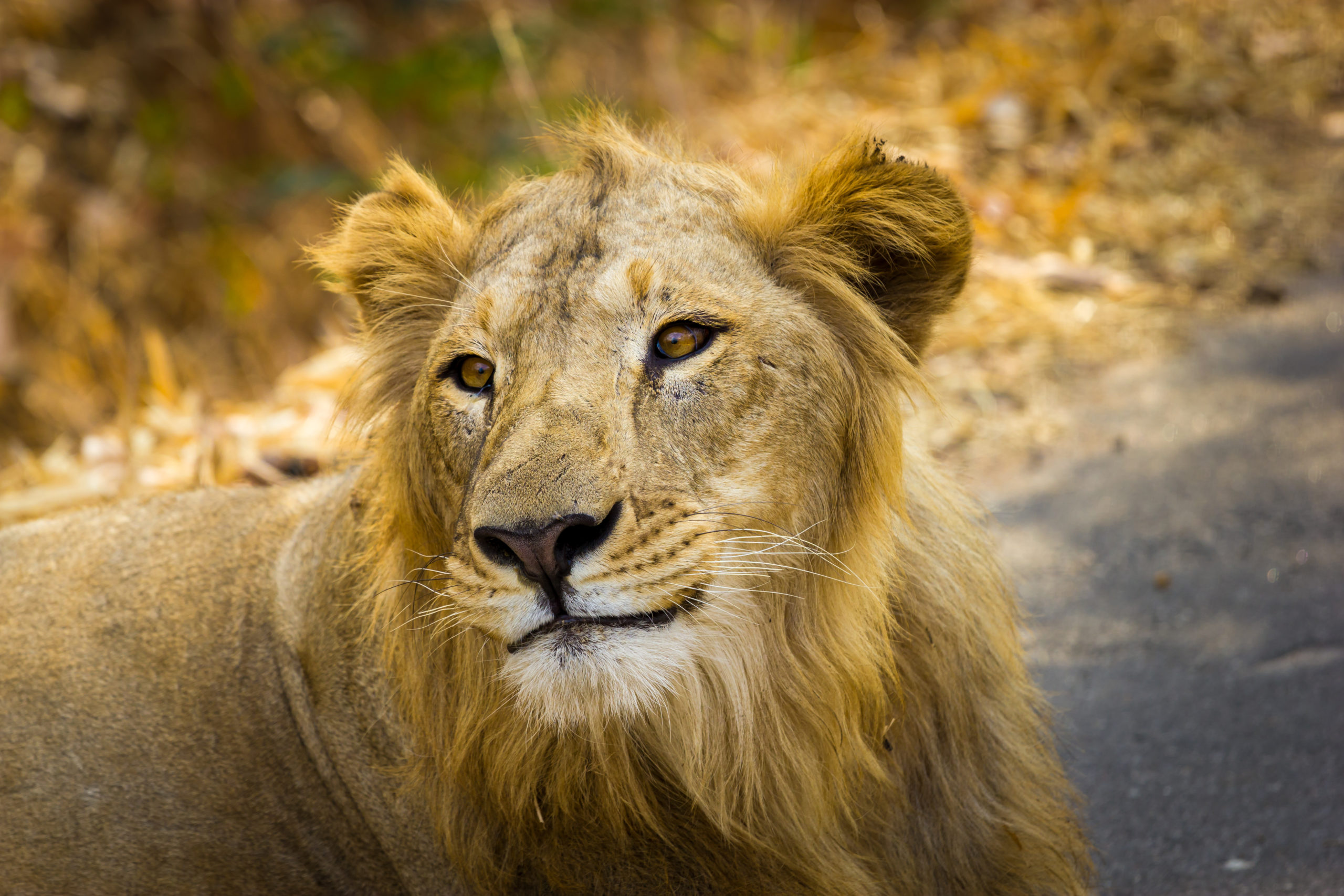THE journey of the Asiatic Lion from being on the brink of extinction with hardly a few dozen left in the wild, to its population now swelling at a rapid pace has been a triumph for the ages. India’s conservation efforts have been lauded world over, owing to the significance of preserving the last bastion of the Asiatic Lion.
Lions are often referred to as the kings of the jungle and hold an iconic status in cultures around the world. With their majestic manes and commanding presence, they have found a place in flags of countries, on national emblems, coins, folklores and books. However, the global lion population has faced numerous challenges, including habitat loss, human-wildlife conflict, and poaching. But the Asiatic Lion population has emerged as an outlier to the global trend. The big cat numbers have more than doubled in the last three decades alone, going up from merely 284 in 1990 to 674 in the 2020 census. The success of the Indian conservation efforts to protect the lion bears testament to the power of collective action.
The tale of two lions
Lions are found across parts of Central and South Africa, and a subspecies in Gujarat India. While the male African Lions carry a bushy mane, the Asiatic Lions have scanty manes, owing to its adaptation to the habitat. Unfortunately the African Lion population has continued to decline over the last several decades and some estimates even indicate that the downward spiral would escalate further. In stark contrast the Indian Lions have not only grown in numbers in its last bastion but would also be translocated to other parts of the country where it once roamed.
A conservation miracle
It is believed that trophy hunting had brought down the number of the regal beasts to merely a few dozen left in the wild in the 1900s. Since then the Asiatic Lions have carved their own story of survival and resurgence. Historically, these lions roamed across a vast range from the Middle East to India. However, by the early 20th century, their numbers had dwindled drastically due to habitat loss, hunting, and disease.
A lot of credit for the revival of the Asiatic Lion population goes to conservationists, wildlife experts, and the Indian government. The heart of this conservation triumph lies in the Gir Forest National Park in Gujarat, India.
Although conservation efforts had already begun during the British Rule of India it was in 1965, the Gir Forest was declared a sanctuary exclusively for the protection of the Asiatic lion. This proclamation marked a turning point in the history of lion conservation in India. One of the most significant attributes of the entire conservation effort has been the involvement of communities in and around Gir Forest who marched in support of the government endeavour. Conservation efforts, since its inception, emphasised involving local communities in safeguarding lions as they were to play a pivotal role in saving the big cats from the brink of extinction. This approach has not only fostered a sense of ownership among the locals but also reduced human-wildlife conflicts.
Rigorous anti-poaching measures, including the deployment of trained forest guards and advanced monitoring techniques, have been instrumental in curbing illegal activities that threaten the lions. Responsible ecotourism has played a role in funding conservation efforts and raising awareness about the importance of protecting these majestic creatures.
The way forward
Thanks to these combined efforts, the population of Asiatic lions has rebounded significantly. However in order to further strengthen the lion population here it is essential to diversify its territory. To ensure genetic diversity and reduce vulnerability, the government plans to translocate the Gir Lions to different wildlife sanctuaries in India, effectively expanding their range and minimising risks associated with localised outbreaks of disease. Although the task is a challenging one and can possibly pit the Asiatic Lion against the two other big cats found in several jungles across India–The leopard and tiger. But experts believe that these animals have vastly different hunting habits and have coexisted in the past. This course of action would certainly ensure that the Asiatic Lions get back their lost territory and would be able to roam the Indian jungles once again.
The dedication of conservationists, the cooperation of local communities, and the policies of the Indian government have shown that concerted efforts can even save species that are on the brink of extinction. The revival of the Indian Lion population not only enriches our natural heritage but also serves as a reminder of the significance of preserving our planet’s biodiversity. In a world grappling with environmental challenges, the Indian lion’s resurgence stands as a symbol of the fact that the power to bring about change lies with us. To find out how you can be a part of conservation efforts, explore fundraisers on give.do here:
–
Give’s mission is to “make giving bigger and better.” Give is the most trusted donation platform in India for fundraisers and crowdfunding campaigns. Through our technology solutions, we enable individuals and organisations to fundraise and donate to a cause, charity or NGO with trust and convenience. Give’s community of 2.7M+ individual donors and 300+ organisations supports 3,000+ verified nonprofits with 80G deduction and serves 15M+ people across India. Find a fundraiser today!

Choosing to tread the proverbial road less travelled, Ramon embarked upon a career in journalism and spent over 8 years working for various media organisations. A deeper calling to create a sustainable impact in the lives of the less fortunate compelled him to join the social sector. Ramon is a minimalist at heart and an explorer in spirit.
Discover more from
Subscribe to get the latest posts sent to your email.

